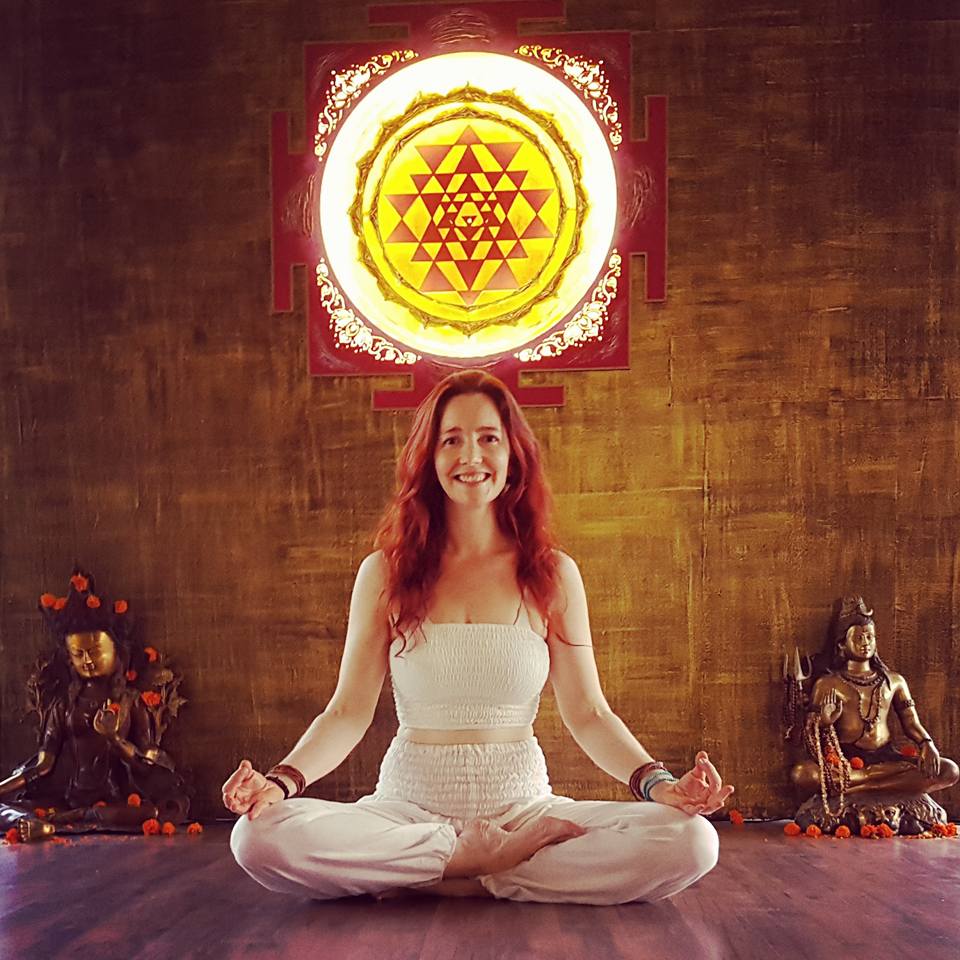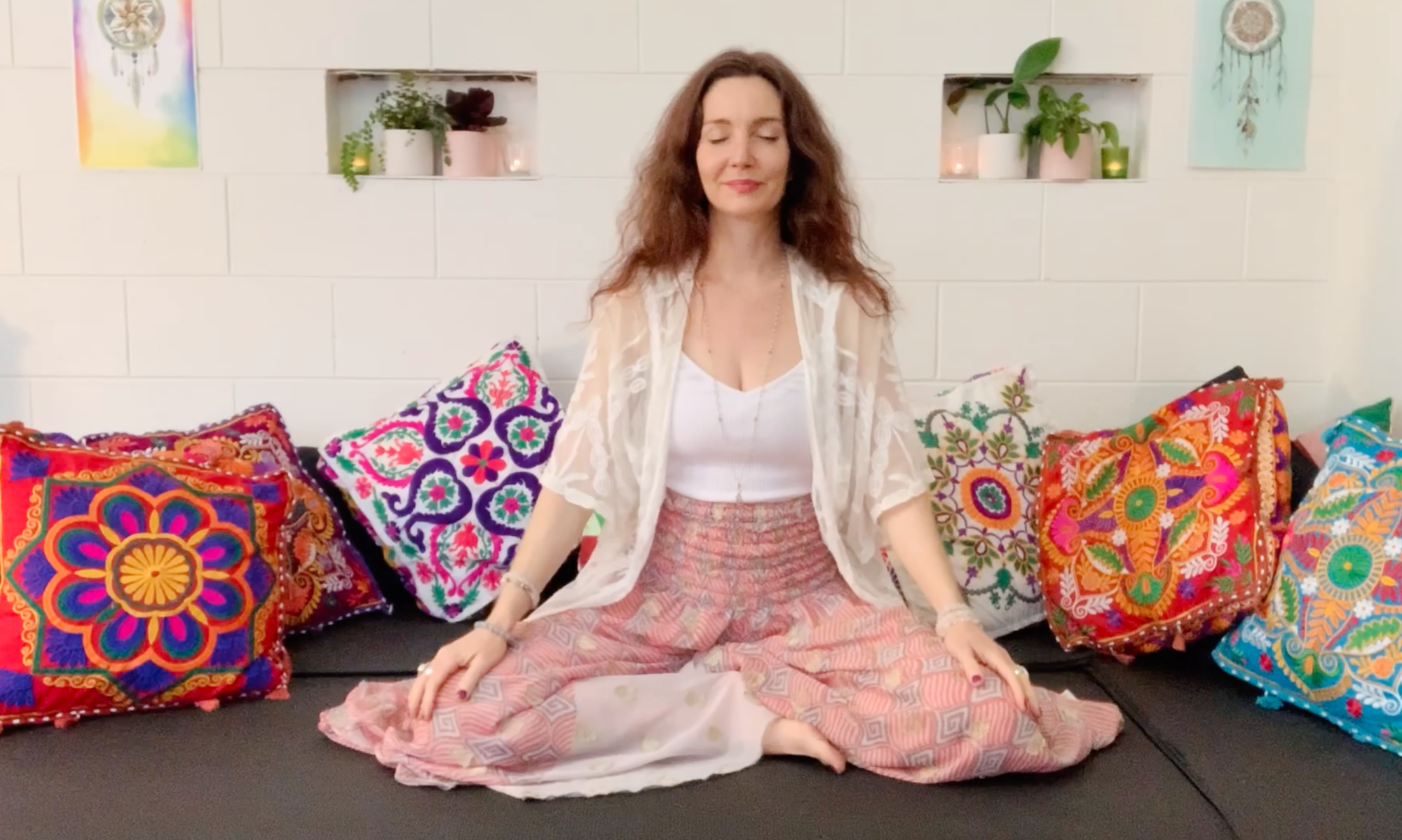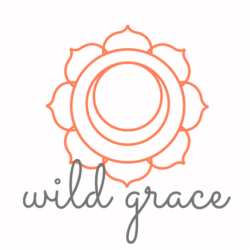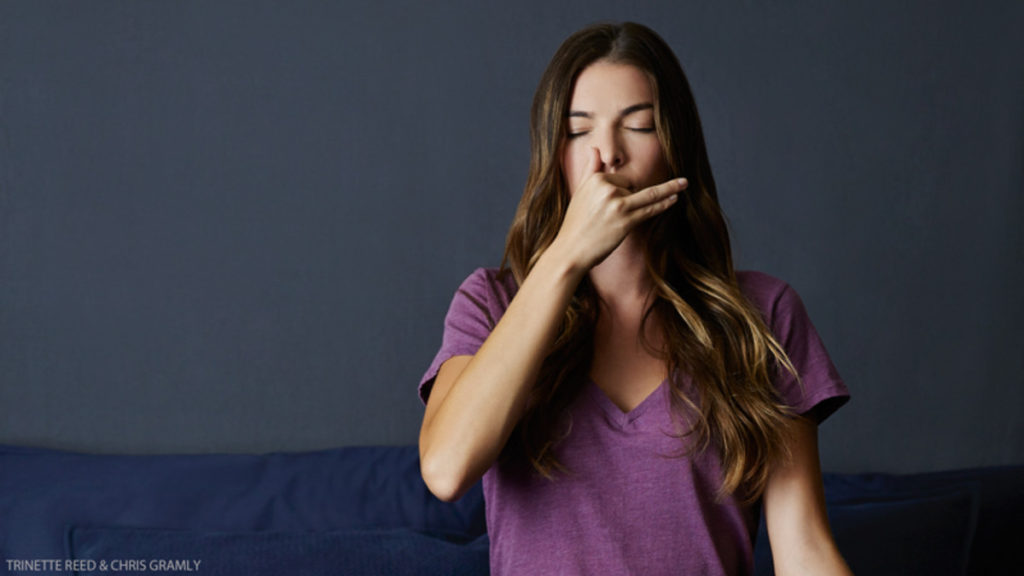
What’s the big deal about pranayama and breath work?
Pranayama or breath work, in all its forms, has gained a ton of credibility—and popularity—as a stress management and healing tool.
In their book, The Healing Power of the Breath, doctors Richard P. Brown and Patricia L. Gerbarg write:
“Studies are revealing that, by changing the patterns of breathing, it is possible to restore balance to the stress response systems, calm an agitated mind, relieve symptoms of anxiety and post-traumatic stress disorder (PTSD), improve physical health and endurance, elevate performance, and enhance relationships.”
Physical well-being. Lightness of heart. Clarity of mind. Inner and outer health and fulfillment. Purpose, intention, and direction.
If you could produce these sorts of results with a daily breath and meditation practice, would you be interested?
Research suggests even just 10 minutes of meditation a day over one month is enough to help you feel more focused, present, self compassionate, happier, less stressed and support you in flourishing in life. Increasing this to twice a day with some pranayama breath practice will really get results.
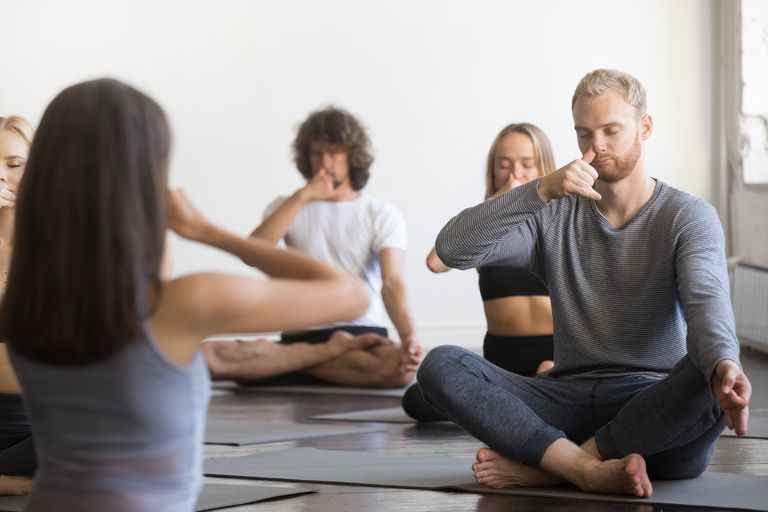
It seems crazy because we are doing it all the time but most of us don’t know how to breathe effectively.
Many people breathe from their chests instead of their diaphragms, resulting in shallow breathing which over time both reduces their oxygen intake and their ability to fully empty their breath, and detox their body.
Every cell in our bodies needs oxygen to function properly. So it’s no surprise that research shows that a regular practice of controlled breathing can decrease the effects of stress on the body and increase overall physical and mental health.
Learning diaphragmatic breathing and slowing the rate of breathing are the first steps in managing the symptoms of anxiety, anger and panic.
When someone is upset to the point of hyperventilating we get them to regulate their breathing. Pranayama is taking this even further by using very sophisticated breathing techniques that have very precise effects.
Pranayama has immediate effects on the nervous system so is wonderful for calming, balancing and uplifting our mood in the moment. But practiced regularly pranayama has deeper and more long term effects.
The ancient sages of India discovered these breathing techniques which are simple to practice and brought great relaxation to the body and mind, in preparation for meditation.
These breathing techniques can be practiced with ease and at any time of the day, ideally on an empty stomach.
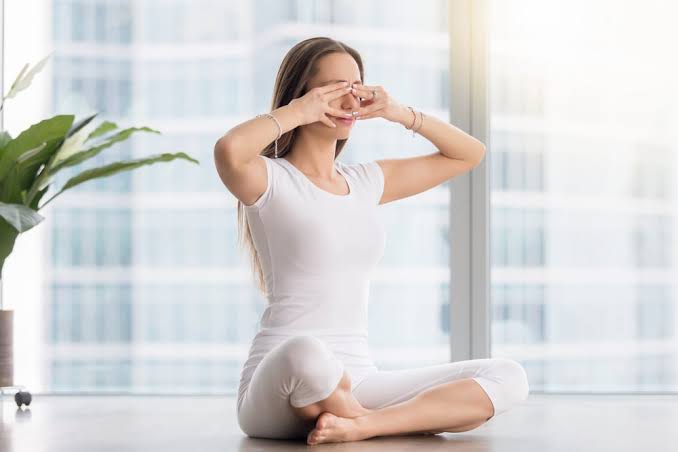
Is your mind buzzing with activity? Can’t stop thinking about what someone said about you? Find a quiet corner and try the Bhramari pranayama (Bee breath) to apply brakes in the buzzing mind. This breathing technique is wonderful for those with hypertension.
Among the breathing techniques, Kapal Bhati pranayama (Skull Shining breathing technique) is considered the most important and effective for detoxifying the body and clearing the energy channels.
Low energy levels? Three rounds of Bhastrika pranayama (Bellow breath) will get your energy levels soaring!
Can’t concentrate on the task at hand? Try nine rounds of Nadi Shodhana pranayama (Alternate nostril breathing technique.)
Nadi Shodhana pranayama calms and centres the mind by bringing into harmony the left and right hemispheres of the brain which correlates to the logical and emotional sides of our personality.
If you would like to learn these techniques, see the details of my Pranayama and Meditation workshop below.
From reducing stress to getting better rest, these techniques have a demonstrated positive impact on quality of life.
Over 70 independent studies conducted on four continents and published in peer-reviewed journals, have demonstrated a comprehensive range of benefits from practicing Himalayan Yogic Pranayamas.
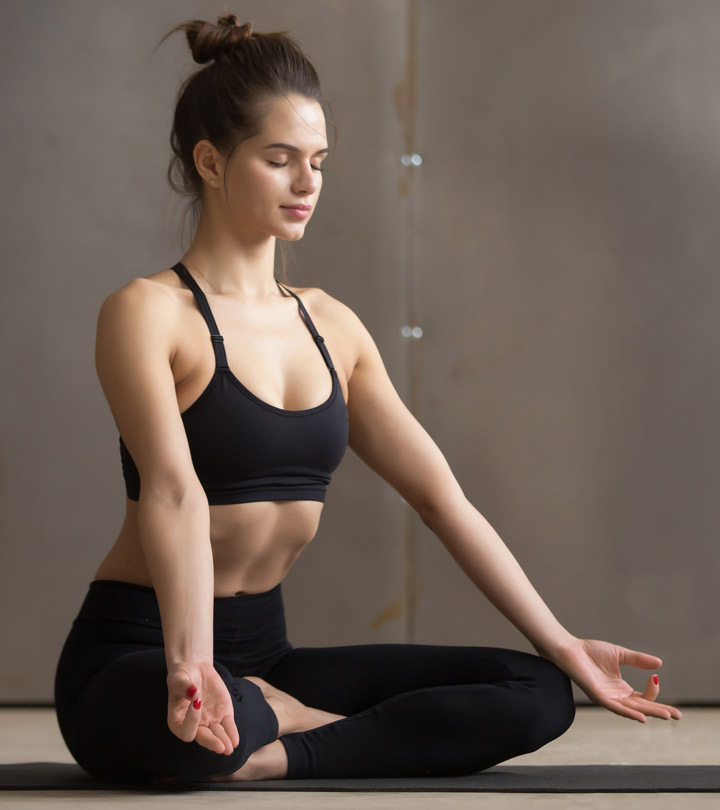
Pranayama techniques can restore balance to the stress response systems, calm an agitated mind, relieve symptoms of anxiety, improve physical health and endurance, elevate performance, and enhance relationships, improve confidence and decision-making, and provide relief from negative thinking and depression.
Pranayama is the art and science of yogic breathing techniques, and these techniques will reliably produce the above benefits when practiced consistently.
Breathing is something we do on a daily basis. The body, in a living state, breathes involuntarily whether we are awake, sleeping, or actively exercising.
Breathing is living. It is a vital function of life. In yoga, we refer to this as pranayama. Prana is a Sanskrit word that means life force and ayama means extending or stretching. Thus, the word “pranayama” translates to the control of life force. It is also known as the extension of breath.
Pranayama is also the practice of tuning and aligning our breath and our life force with the natural intelligence at work in all manifested reality. Everything in this world that appears static is actually vibrating. When we tune our prana we ensure that our whole being is vibrating at its optimal level.
There are a variety of breathing techniques that are known to reduce stress, aid in digestion, improve sleep, and calm you down.
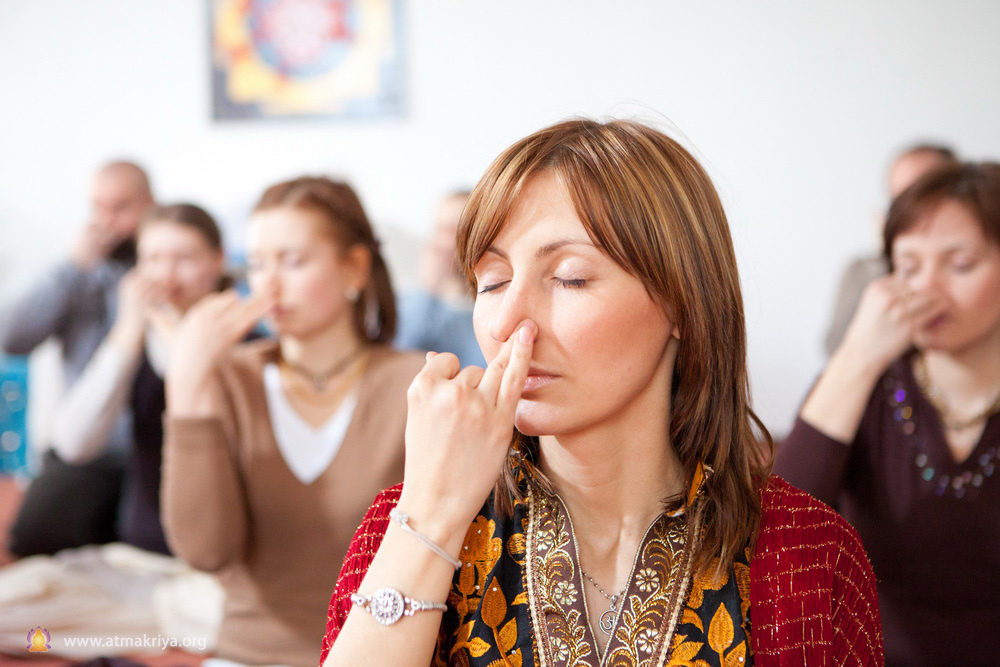
If you would are interested to learn these techniques, see the details of my Pranayama and Meditation workshop below.
Introduction to Pranayama and Meditation, April 28, 10:30am-12:30pm at Raw Mojo.
In this two hour workshop we will explore simple yet powerful breathing techniques that you can bring into your daily life.
We will use breath to activate our prana, our vitality, balance and calm our mind and body and finish with a simple meditation practice.
You will leave with a variety of techniques that you can practice at home. There will be some gentle movement and stretching to ensure you remain supple and comfortable during the session.
There are limited spaces in our intimate studio so book in early to save a spot.
Totally suitable for beginners.
Bookings here
Hari om tat sat. Namaste. Blessings.
Christina at Raw Mojo
ॐ
